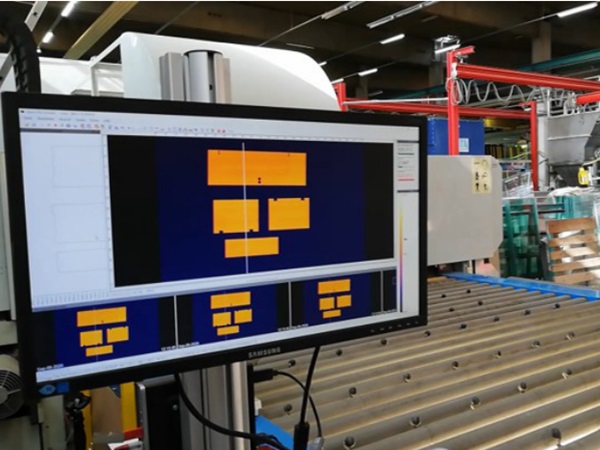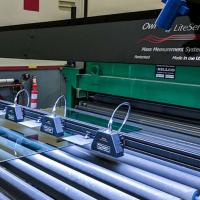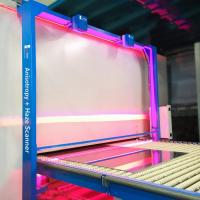Author: Jakub M Kowalczyk
Recently, I had the opportunity to speak with many customers, and the topic of White Haze and Anisotropy came up repeatedly.
These two common defects—White Haze and Anisotropy—are often misunderstood but are not the same. Understanding these issues is essential for architects and fabricators committed to delivering high-quality results.
What is White Haze in Architectural Glass?
White Haze is a cloudy, milky film that appears on the surface of tempered glass, caused by contamination or inconsistencies in the tempering process. According to Glaston, the key factors contributing to White Haze include:
- Furnace Contamination: Unclean furnaces can release dust or debris that settles on the glass surface, creating imperfections that scatter light.
- Surface Residues: Oils or contaminants left on the glass before tempering can bond to the surface during heating, causing visible defects.
Ensuring furnace cleanliness and pre-cleaning glass surfaces are essential to minimizing White Haze.
What is Anisotropy in Architectural Glass?
Anisotropy, or iridescence, occurs when stress patterns inside the glass are visible under polarized light, producing rainbow-like effects. This phenomenon is caused by uneven cooling during the tempering process, leading to internal stress differences. While anisotropy doesn't impact structural integrity, it can disrupt the visual appeal of glass facades.
For more insights on anisotropy, you can explore my previous LinkedIn article, What is Anisotropy in Tempered Glass?
White Haze vs. Anisotropy: Key Differences
- Cause: White Haze is a surface defect caused by contaminants. Anisotropy results from internal stress patterns due to uneven cooling during tempering.
- Appearance: White Haze appears as a cloudy film in normal light, while anisotropy shows up as rainbow-like patterns when viewed under polarized light.
- Impact: Both affect aesthetics—White Haze reduces clarity, while anisotropy creates distracting visual patterns, especially in polarized conditions.
The Importance of Proper Diagnosis
Misinterpreting White Haze for anisotropy—or vice versa—can lead to unnecessary corrections, delays, and higher costs. According to the SCGMA, improperly addressing these issues can cause costly mistakes that disrupt project timelines and leave clients unsatisfied with the final product.
How to Minimize White Haze and Anisotropy
- Reducing White Haze: Regular furnace cleaning and cleaning glass surfaces before tempering are crucial to preventing White Haze.
- Controlling Anisotropy: Using anisotropy scanners during production helps detect internal stress patterns early, allowing manufacturers to make adjustments and reduce this issue.
Conclusion
Both White Haze and anisotropy matter in the world of architectural glass, as they impact not just aesthetics but also the quality and perception of glass products. Understanding their causes and implementing proactive measures to prevent these defects ensures that fabricators can meet the high expectations of modern architectural designs.
By prioritizing proper furnace maintenance, surface cleanliness, and stress monitoring, manufacturers can deliver defect-free glass that enhances both the look and functionality of buildings.
Feel free to comment, share your thoughts, and like this article if you found it helpful!. If you like this article - check out my other articles:



















